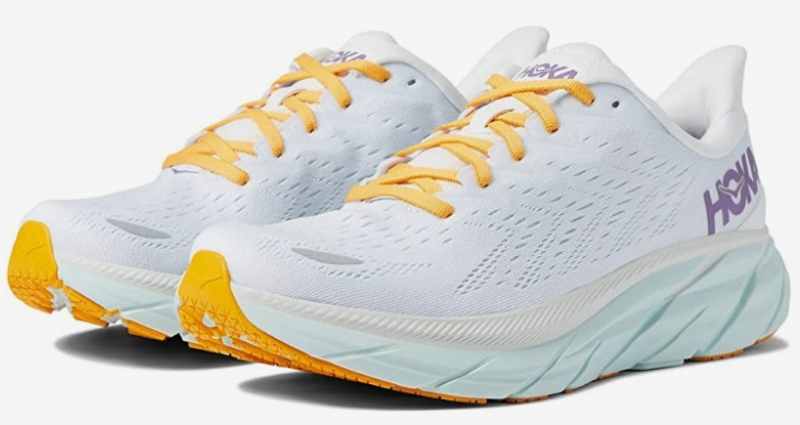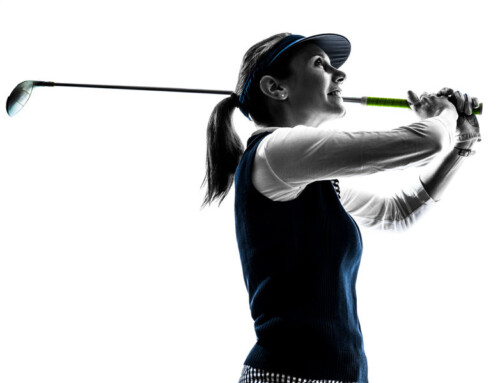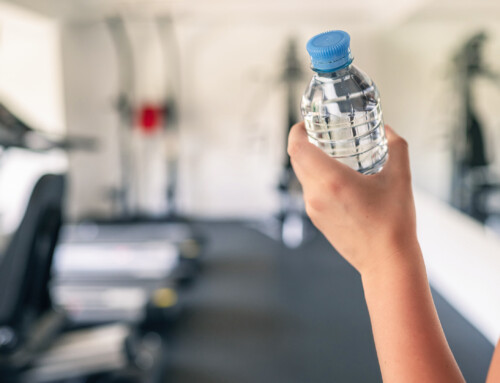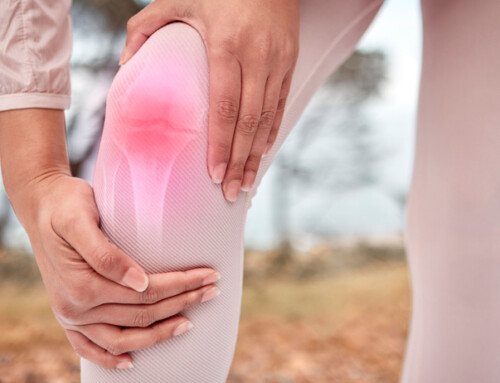by Elizabeth Hogan, SPT
Hoka’s Running Shoes
Considered a maximalist shoe, Hoka’s running shoes design offers a cushioned midsole for shock absorption and a “bucket seat” for the hind foot (heel), which creates a more even foot height from heel to toe. They offer maximum cushion, while still being light weight, and encourage a midfoot or forefoot strike.
Anatomy and Biomechanics
To capitalize on the design of different types of running shoes, it’s important to have a basic understanding of our foot anatomy. Our feet are divided into hindfoot, midfoot, and forefoot. When walking, the hindfoot should hit the ground first, which is commonly called a heel strike. This is not the case for running. For optimal speed and efficiency, runners are encouraged to land and strike the ground with their mid or forefoot on a bent knee, which propels the upper body forward. This is the basis of the Hoka design.
Physical Therapy Standpoint
While this design might sound perfect, there are some drawbacks. When you wear cushioned shoes, your foot is farther from the ground, meaning your body isn’t getting feedback from the ground to tell you if you’re on sand, a wooded trail, or a sidewalk. This forces your foot to hit the ground harder to get the information it needs past the cushion. Increased impact loading can often lead to stress injuries like shin splints, stress fractures, and plantar fasciitis.
With any shoe, whether it has minimum or maximum cushion, our bodies must attenuate the ground reaction forces. Research suggests that individuals with foot injuries may experience pain relief in a Hoka style shoe, but they may make injuries to the knees, hip, and back worse. The opposite is true for shoes with little cushion; they are best suited for individuals with knee injuries but could worsen foot injuries.
What It All Means
The shoes you decide to wear are completely unique to your anatomy, biomechanics, and budget. Physical therapists cannot suggest one shoe for everyone. We suggest having your running form, posture and overall strength and flexibility assessed by a professional that way you can buy the best shoe for you.
Looking for more information on how to maximize your running experience? Doctors Andrew J Gaetano, PT, DPT, OCS, CSCS and Evan J Marsh, PT, DPT can provide professional sports screening and injury prevention. Call 518-289-5242 to schedule your appointment at any one of three Capital Area Physical Therapy & Wellness clinics in the NY Capital Region.
References
1. The Hoka Experience: Technology of Our Rocker Shoes: Hoka One One®. The HOKA Experience: Technology of Our Rocker Shoes | HOKA ONE ONE®. https://www.hoka.com/en/us/technology.html. Accessed May 30, 2022.
2. Kulmala J-P, Kosonen J, Nurminen J, Avela J. Running in highly cushioned shoes increases leg stiffness and amplifies impact loading. Sci Rep. 2018;8(1). doi:10.1038/s41598-018-35980-6
3. Ogston JK. Comparison of in-shoe plantar loading forces between minimalist and maximalist cushion running shoes. Footwear Sci. 2019;11(1):55-61. doi:10.1080/19424280.2018.1561760
4. Middlebrook H. Do mega-cushioned shoes increase or reduce injuries? it’s complicated. Runner’s World. https://www.runnersworld.com/health-injuries/a27259092/how-maximalist-shoes-affect-biomechanics/. Published November 2, 2021. Accessed May 30, 2022.
5. Pollard CD, Ter Har JA, Hannigan JJ, Norcross MF. Influence of maximal running shoes on biomechanics before and after a 5K run. Ortho J Sports Med. 2018;6(6):232596711877572. doi:10.1177/2325967118775720






